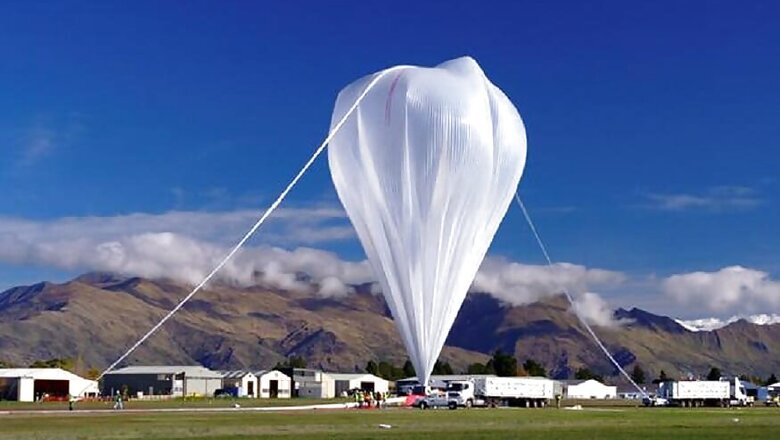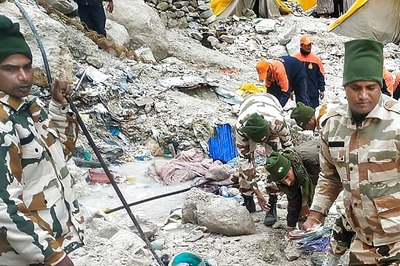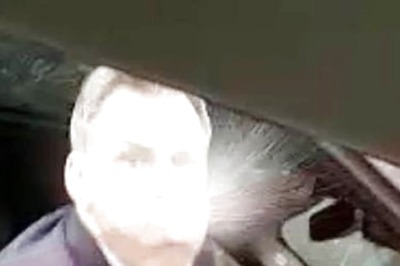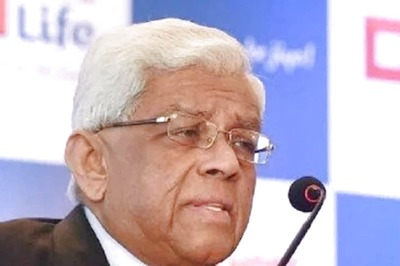
views
After several unsuccessful attempts, NASA finally launched its football-stadium-sized, heavy-lift super pressure balloon (SPB) from Wanaka, New Zealand, on Tuesday.
The super-pressure balloon test flight is now on a mission designed to run 100 or more days, NASA said in a statement.
"Following our 2015 and 2016 New Zealand missions, we've learned key lessons on the balloon design that have gone into perfecting the technology for this year's flight," said Debbie Fairbrother, NASA's Balloon Programme Office chief. Also read: Donald Trump Makes Earth-to Space Call to Congratulate NASA Astronaut on Record ISS Stay
"I'm very proud of the team that delivered us to this point and I'm hopeful that third time's the charm for realising 100 days of flight," Fairbrother added.
The purpose of the flight is to test and validate the super pressure balloon technology with the goal of long-duration flight at mid-latitudes.
In addition, the University of Chicago's Extreme Universe Space Observatory on a Super Pressure Balloon (EUSO-SPB) is a mission of opportunity flying on the 2017 SPB test flight.
The EUSO-SPB is designed to detect high-energy cosmic rays originating from outside our galaxy as they penetrate the Earth's atmosphere. Also read: Jamia Student's Drone-Detection System to Help Secure Airports
As these high-energy particles enter the atmosphere, they interact with nitrogen molecules in the air and create a UV fluorescence light.
From its high-altitude vantage point, EUSO-SPB will look downward observing a broad swathe of the Earth's atmosphere to detect the UV fluorescence from these deep space cosmic rays coming in from above.
"EUSO-SPB is now searching for the most energetic cosmic particles ever observed," said Angela V. Olinto, professor at the University of Chicago and principal investigator of the project.
"The origin of these particles is a great mystery that our pioneering mission will help to solve. Do they come from massive black holes at the centre of galaxies? Tiny, fast-spinning pulsars? Or somewhere else?" Olinto asked.
At a relatively low cost, NASA's heavy-lift balloons have been critical launch vehicles for testing and validating new technologies and science instruments to assure mission success for costlier, higher-risk follow-on spaceflight missions, Fairbrother added. Also read: Flying Cars Made Real by Silicon Valley Startup 'Kitty Hawk'


















Comments
0 comment